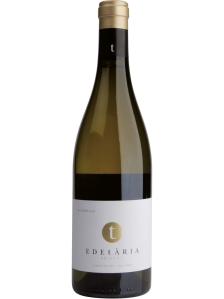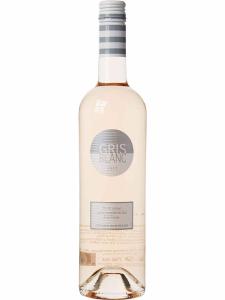-
中文名:
-
英文名:Grenache Blanc
-
种植区域:
-
香气:
-
颜色:
Grenache Blanc (Garnacha Blanca in Spain) is the light-skinned mutation of Grenache Noir. Although it is native to northern Spain, Grenache Blanc is best known for its role in southern French white wines and in particular as a member of the Chateauneuf-du-Pape blend.
The light-golden, straw-colored juice of Grenache Blanc is increasingly produced as a varietal wine, though its use as a softener in a blend is still more common. It typically displays green-apple and stonefruit aromas and a fat texture. However it is considered to be very sensitive to terroir so can show considerable variation. Extra care is needed to avoid oxidation. It is also significant component in many vins doux naturels such as Maury, Rivesaltes and Rasteau.
In hot and dry climates such as that found in Roussillon (where about a third of France's 4,976 hectares or 12,300 acres of Grenache Blanc is grown), the variety can struggle to achieve good acidity. However, like its black-skinned relative, Grenache Blanc is highly resistant to drought and its tenacity serves it well in windy, arid regions. It is also a vigorous vine that can reach high alcohol levels if left unchecked.
In 2008 there were about 2,100 hectares (5,200 acres) of Garnacha Blanca in Spain. Most is grown in the northeast in Catalonia and Aragón; it is most commonly blended as part of various regional wines, particularly in Priorat and Terra Alta.
In California, Grenache Blanc is widely grown on the Central Coast, in particular San Luis Obispo. The cooler southern reaches of the region allow the variety to develop crisper acidity and more mineral characteristics.
While Cannonau is the Sardinian name for Grenache Noir, Cannonau Bianco is not identical to Grenache Blanc, and may be a progeny of the red grape, rather than a mutation.
Synonyms include: Garnacha Blanca, Garnatxa Blanca, White Grenache.
Food matches for Grenache Blanc include:
- Fish tacos
- Chicken fricassee
- Garlic-tossed prawns





